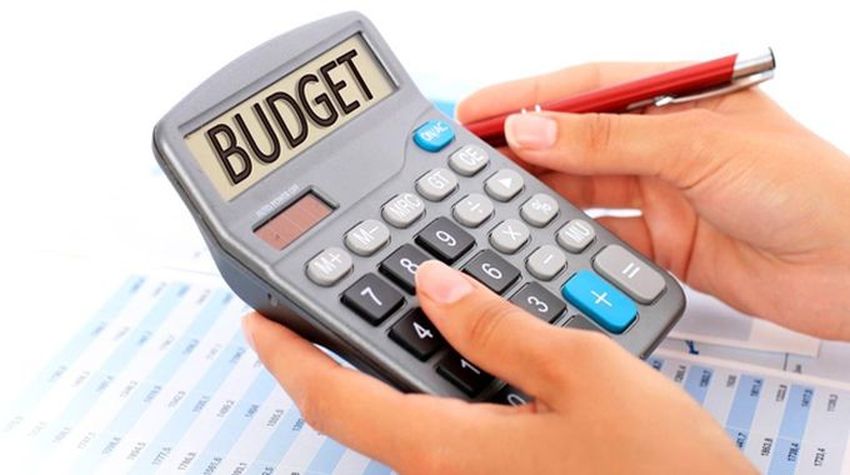
Budgeting really isn’t that bad. Here are six easy steps to achieving your financial dreams. With a new year just over the horizon, it’s time to make a few resolutions. If you haven’t yet crafted a budget, now is the time to do so for 2018.
Regardless of whether you want to take a trip to Hawaii, buy a fancy new set of wheels or simply save more and spend less, a budget can get you there. Following are six steps to budgeting to your financial goals.
Step 1: Set Your Goal
What do you want to save your money for?
- Go on a vacation
- Buy a house
- Have a security blanket in the bank
- Merely pay the bills each month, with a little left over
Budgeting can help with every one of these goals. In addition, having a concrete goal increases your chances of sticking to the budget. Some people even look for motivation by creating dream or vision boards with photos representing their goal.
Step 2: Track Your Expenses
Getting a handle on where you spend money is important for two reasons:
- It can help identify leaks in your budget. These might include the $100 a month gobbled up by daily fast-food breakfasts.
- It can help you make a realistic budget. If you are currently spending $800 a month on groceries, budgeting for $500 is probably setting yourself up for failure.
The old-fashioned way to track expenses is to collect receipts and keep a log of every penny you spend for the next month. However, you can make the process simpler by signing up for a free account with Mint.com. This service tracks expenses automatically and neatly categorizes them for you. Best of all, it doesn’t cost a dime.
Step 3: Write it Down
Now that you’ve tracked expenses, use those amounts as a guide to create a written budget. Whether you use an online tool, an Excel spreadsheet or a notebook and pen is up to you. But you want to have the budget recorded in a location where it can be easily accessed and changed as needed.
It’s a good idea to always estimate your income low and expenses high. It’s better to reach the end of the month and find you have extra money in the bank than to come up short. In addition, make sure to put a name to every dollar. Maybe you finish with the monthly bills and have $200 left over. Don’t leave that as a catch-all slush fund; decide what you’re going to do with it. Maybe $100 will go into an online savings account, $50 will be an extra debt payment and $50 will be mad money.
Step 4: Monitor Your Progress
Once you have it written down, don’t ignore your budget. Make a point of comparing your actual expenses with your budget on a regular basis, such as each payday.
If you’re using Mint.com, it’ll be easy to quickly see how much you’ve spent so far in each category for the month. Then, you can make adjustments as necessary. For example, if you’re budgeting $50 for clothing and have spent $75, you’ll need not only to stop buying clothes, but also to make an adjustment elsewhere in your budget to make up for the extra $25.
On the flip side, maybe it’s the last week of the month, and you haven’t spent a dime of your entertainment budget. In that case, it’s time to make a date and have some fun!
Step 5: Get a Coach
Maybe you’re feeling overwhelmed. A budgeting coach can help. Make sure to do your homework and find a reputable company to work with and ask about any fees. You should be able to get budgeting help for free.
As an alternative, you can ask a money-savvy friend for help. In either case, having someone walk with you step-by-step through the budgeting process can help you make more sense of how to create a realistic spending plan for your money.
Step 6: Stay Flexible
Finally, your budget is a living document. Unlike your slow cooker, you shouldn’t set it and forget it. Instead, regularly evaluate it and make changes as necessary. Always blowing through the food budget? You may need to increase it and consider where else you can cut back. In addition, as your income, expenses or goals change, your budget should be adjusted to reflect your new circumstances.
Ultimately, your budget is not about restricting money, it’s about empowering it. A good budget finally puts you in control of your dollars and allows you to dictate where money is going instead of letting silly, incidental purchases drain your bank account.









